This episode of Revisited was Written by Cody Hamman, Narrated by Travis Hopson, Edited by Juan Jimenez, Produced by Adam Walton and Chris Bumbray, and Executive Produced by Berge Garabedian.
INTRO: Universal had a hit franchise on their hands with The Fast and the Furious. They just weren’t quite sure what to do with it. That uncertainty is how we get the third film in the franchise. The one that jettisoned almost all connection to the previous two in favor of introducing new characters. Telling a story about an outsider who finds new friends – and love – in the world of racing. It’s The Fast and the Furious: Tokyo Drift (watch it HERE), and it’s about to be Revisited.
SET-UP: Starring Paul Walker as undercover LAPD cop Brian O’Conner and Vin Diesel as criminal street racer Dominic Toretto, The Fast and the Furious earned more than two hundred and six million dollars at the global box office. Very good for a film made on a budget of thirty-eight million. The budget was doubled for the sequel 2 Fast 2 Furious – and since Diesel chose not to return, the story followed Walker’s Brian O’Conner as he brought down a Miami drug runner. The sequel did well, earning two hundred and thirty-six million at the box office. The domestic numbers were down a little, but the international numbers were much higher. So you’d think distributor Universal Pictures would see a clear path to move forward with this franchise. It looked like a series of films about Brian O’Conner busting criminals and racing cars in a variety of interesting locations would be a success. But Universal and producer Neal H. Moritz weren’t so sure.
They did know they wanted to make a third film, though. So they held an open writing call. Any writer who wanted to come in and pitch a Fast and Furious idea could do so. One writer who had a pitch was Chris Morgan, who had recently earned his first screen credit by rewriting Larry Cohen’s script for the thriller Cellular. Morgan’s pitch caught their attention because it not only moved the story to a new location – Tokyo, Japan – it also opened the door to a new racing sub-culture. The first film was inspired by real-life quarter mile street races in Los Angeles and New York. Morgan’s idea was inspired by drifting competitions, which had been popular in Japan since the 1970s. Races that make drivers drift their cars around tight corners. A technique that was perfected by drivers practicing on Japan’s winding mountain roads. Morgan wanted to bring Vin Diesel’s Dominic Toretto into the Tokyo drifting world. Show him learning how to drift. And have him solve a murder mystery along the way.
Getting Diesel to star in the film was unlikely. Not only had he skipped 2 Fast 2 Furious, he had recently dropped out of the xXx sequel as well. It seemed like the only franchise he was interested in was his Riddick space adventures. So Universal told Morgan to remove Dominic Toretto from the idea. And while Paul Walker would have gladly come back for another sequel, they didn’t want Brian O’Conner in there either. Diesel and Walker were both in their thirties at the time, and Universal wanted younger leads so they could appeal directly to the youth market. Specifically, they wanted the main characters in this film to be high school students. So Morgan wrote a script that is basically a twist on The Karate Kid Part II: American youth goes to Japan, romances a local girl, learns drift racing instead of karate, and clashes with a rival who has a criminal kingpin for an uncle.
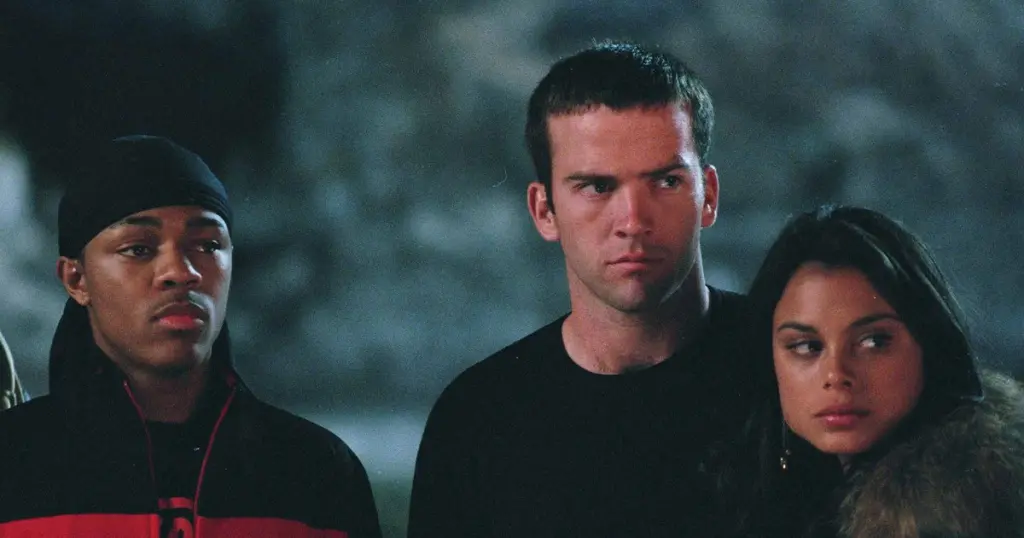
With the story in place, Moritz reached out to a director: Justin Lin, who had recently made the independent film Better Luck Tomorrow. Lin raised that movie’s two hundred and fifty thousand dollar budget by maxing out ten credit cards, wiping out his life savings, and getting a little financial help from M.C. Hammer. Moritz was very impressed by the film, which was about over-achieving Asian American youths pursuing a hobby of escalating criminal activity. But Lin wasn’t impressed by the script he was shown for The Fast and the Furious: Tokyo Drift. He told SFgate that his response to Universal was, “’I think it’s offensive and dated, and I don’t have any intention of doing it.’ But Stacey Snider, the head of the studio, said, ‘Just tell us what you’d do differently.’ So I said, ‘To begin with, I’d get rid of all the gongs and temples and Buddhas and the visual gags about how the white guy is a foot taller than all the Asians.’ And she said, ‘Okay, we’ll make the kind of movie you want.’ … Ultimately, it ended up being a constant challenge. I kept on getting into discussions that were like, ‘You signed me to do a certain type of movie, if you don’t want to do that movie, get rid of me.’ But all you can ever ask is that the producers and the studio be fair and reasonable. And to their credit, they were very fair and reasonable.”
Scripted by Morgan and rewritten with Lin’s input, Tokyo Drift centers on American teen Sean Boswell. He has a record of reckless driving and property destruction, so when he competes in a disastrous race through a construction site at the beginning of the film, this is going to be his third strike. The authorities want him off the streets. So his mom sends him to live with his father – a U.S. Navy officer stationed in Tokyo. There Sean befriends a military brat called Twinkie and falls for a classmate named Neela. Who is into drift racing and has a complicated relationship with a guy everyone calls the Drift King. Or D.K. A guy who wants to follow in the criminal footsteps of his uncle, who is in the Yakuza. Sean is a fan of classic American cars, he brushes off the vehicles his Tokyo peers drive as “cute little toys”. But he gets interested in drift racing, and one of D.K.’s associates, Han, agrees to teach him how to drift. As the film goes on, interactions between Sean and the Drift King get more troubled. And more dangerous. When D.K. finds out that Han has been making shady deals behind his back, a chase through the streets of Tokyo ensues… Ending with Han’s death in an explosive crash. D.K. is also intensely jealous that Neela is falling for Sean. Of course, it all comes down to a race: Sean against D.K., drift racing along mountain roads. And the loser has to leave Tokyo. Sean makes sure to bring his own style to drifting. The car he drives in the final competition is an American classic: a 1967 Mustang.
Lin signed on in June of 2005 – exactly one year before Universal planned to give the film a theatrical release. When the casting process began, he was hoping to find an Asian American actor he could cast in the lead role. Even though Universal told him there was no one who was bankable. After a global search, Lin became convinced that the best actor for the lead role was a white actor from Alabama: Lucas Black. Whose previous credits included Sling Blade, Friday Night Lights, and Jarhead. A supporting cast was then built around Black. Nathalie Kelley makes her screen debut as Neela. Kelley had only just recently gotten her driver’s license, but had to appear to be an experienced drift racer in the film. Rapper Bow Wow was cast as Twinkie. Brian Tee is the villainous Drift King. The legendary Sonny Chiba plays D.K.’s Uncle Kamata. Sean’s parents are played by Lynda Boyd and Brian Goodman. Zachery Ty Bryan appears as the jock Sean races at the beginning of the film. With Nikki Griffin as the girl who puts herself up as their prize. As Han, Lin cast Sung Kang – who had also played a character named Han in Better Luck Tomorrow. They saw their previous collaboration as the back story for Kang’s Tokyo Drift character. Han got mixed up in the crimes committed in Better Luck Tomorrow, and went off to Tokyo to avoid prosecution. Another Better Luck Tomorrow cast member, Jason Tobin, plays Han’s friend Earl, but that character has no connection to Lin’s indie film. Japanese film producer Kazutoshi Wadakura and real-life Drift King Keiichi Tsuchiya have cameos as fishermen who witness Sean’s drift practice sessions.
Despite being completely different from the previous Fast and Furious movies, Tokyo Drift had the highest budget yet. Eighty-five million. That extra cash came in handy, because much of the filming did not take place in Japan. Instead, Japan was recreated in the Los Angeles area. The waterfront docks, the winding mountain roads, those aren’t in Japan. That’s California. When D.K. chases Han and Sean through Tokyo’s Shibuya district, that’s mostly not Japan. The production shut down six city blocks in downtown Los Angeles and turned it into Tokyo by dressing street signs, buildings, newsstands, restaurants, and bus stops with Japanese kanji. Then they filmed in this fake Shibuya for almost two weeks. Eventually cast and crew headed over to Japan for four weeks of exterior shots. When you add these expenses to the fact that over one hundred cars were wrecked during filming and the drifting cars burned through around two thousand tires, it’s no surprise Tokyo Drift needed some extra money.
Once the production made it to Tokyo, they found that city officials don’t give out film permits. So the cast and crew ran around the city shooting guerilla-style, getting whatever footage they could. When they went to film in the actual Shibuya district, the police shut them down… And Lin discovered that the producers had hired someone else to tell police he was the director. Because they knew a director would get arrested for filming in the Shibuya district. This guy was busted and spent the night in jail so Lin wouldn’t have to.
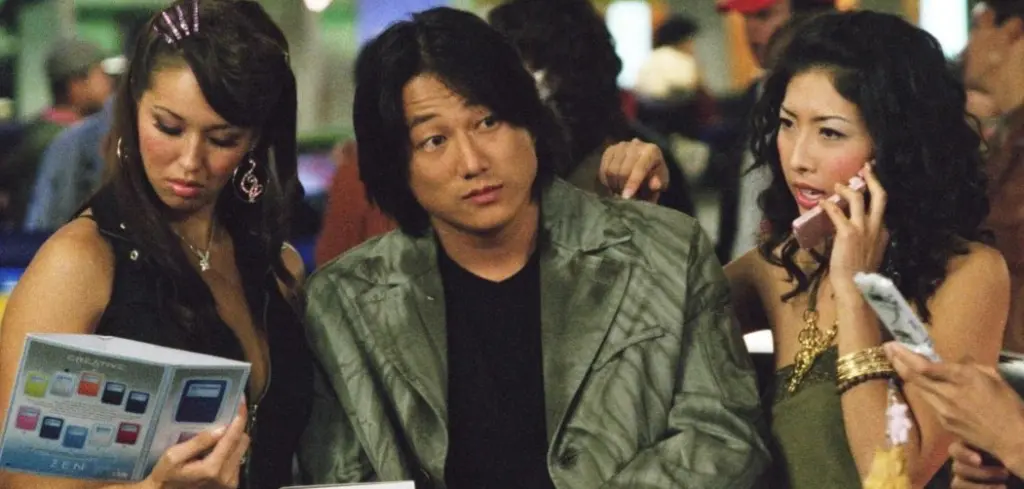
REVIEW: Lin openly admits that there are elements in Tokyo Drift that are similar to The Karate Kid Part II. It might not follow that movie as closely as the first Fast and Furious followed Point Break, but the connection is there. Lin also had Westerns in mind while making the film. Stories of mysterious strangers coming into town and taking on the bad guys. And SFgate’s Jeff Yang pointed out that it was in the tradition of kung fu movies as well. Movies like Drunken Master, The One-Armed Swordsman, and Shaolin Temple. Stories where a cocky young man takes on a seasoned master and fails. Then learns the techniques necessary to defeat the master from an eccentric mentor. And he usually has to avenge a murder by the end, too. Tokyo Drift is more likely to make you think of these movies from other sub-genres than it is to make you think of the previous two Fast and Furious movies. So to enjoy the movie, you have to accept that it’s something different. This isn’t a story about Brian O’Conner or Dominic Toretto. It’s a whole new group of characters, and you have to be open to their story. Instead of wishing you were watching somebody else’s story.
Taken on its own merits, Tokyo Drift is a solid racing drama. Sean Boswell is a likeable lead character, and Lin made the right casting choice. Not only does Lucas Black do a great job of bringing Sean to life, but he does so while speaking with his natural Alabama accent. Something that makes his character stand out as even more of an outsider when he’s interacting with people in Tokyo. The story he gets mixed up in there is interesting. We root for him to defeat D.K. so he can pursue a relationship with Neela in peace. And the thing that really makes the film worth watching is the presence of Sung Kang as Han.
Kang emanates coolness in every moment he has in the movie. As he takes Sean into his world of drifting and questionable business, he’s also making the viewer get more invested in the story and characters. Lin has said that Han scored through the roof with test audiences. He was the favorite character of every focus group they showed the movie to. We do come to care about this guy, possibly even more than we care about Sean. So when he gets killed off with roughly 25 minutes left to go, the viewer is just as devastated as Sean is. Which gives us even more reason to root for him in the climactic race against D.K.
Lin did an excellent job directing the movie. Tokyo Drift has a great energy and style to it, and some awesome visuals. One of the most memorable moments is a moonlight drive Sean and Neela take while on a date. Drifting around curves on a mountain road, part of a line of other cars. If drifting can look this cool, you can really understand why Sean gets so interested in it.
Lin said, “Drifting is a very cinematic sport. It’s exciting to do something that’s never been done before on film. It’s amazing to me how we’ve found new angles and new camera moves to capture the action. These drivers are so good and so precise, we were able to come up with new ideas on how best to capture it.”
LEGACY/NOW: Tokyo Drift went over well with test audiences, but Universal still wasn’t sure what the future held for the franchise. Some were concerned that The Fast and the Furious was already played out. There was some consideration given to the idea of sending sequels direct-to-video. The studio is very big on making direct-to-video sequels. Just look up the American Pie, Tremors, Bring It On, Chucky, Death Race, Scorpion King, or Dragonheart franchises for proof of that. There was a chance The Fast and the Furious could join those ranks. But then the studio got an idea for how they could give the ending of Tokyo Drift a boost. And have audiences leave screenings buzzing about the possibility of a fourth film. They asked Vin Diesel to make a last minute cameo.
Diesel could have refused. He could have asked for more money than the production would be able to pay him. Instead, he asked for the rights to the Riddick franchise. Universal handed them over – and offered him the chance to produce the next Fast and Furious movie. He took the offer. So Tokyo Drift ends with a scene where Dominic Toretto shows up to challenge Sean to race. And while doing so, he mentions that he was friends with Han. Actually, more than friends. They were family.
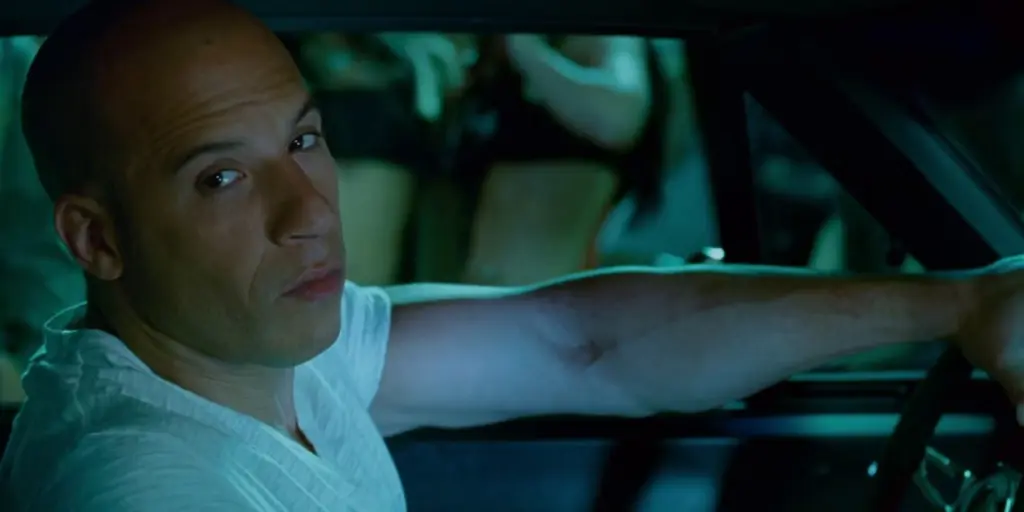
So when Tokyo Drift hit theatres on June 16, 2006, it started drawing in not only audiences that were interested in seeing this new story. But also fans who wanted to see the Vin Diesel cameo that tied it to the other movies. Even with that extra bit of Diesel in there, it fell short of its predecessors. It made just over sixty-two million at the domestic box office. Less than half of 2 Fast 2 Furious’s domestic numbers, which were almost twenty million below the first movie’s. At the international box office, it performed better than the first movie, drawing in over ninety-five million. That was still fourteen million short of the second film’s international box office. In the end, TOKYO DRIFT earned a total of just under one hundred and fifty-eight million. Not too bad. But almost forty-nine million less than the first movie. And almost seventy-nine million less than 2 Fast 2 Furious.
Justin Lin had proven he could make a summer popcorn movie, and he was ready to step away from blockbusters for a minute. He went into production on the comedy Finishing the Game. He was planning to balance working on studio movies with making more indie films. But then Universal asked him to direct the fourth Fast and Furious movie, which led to him directing more sequels. And making a Star Trek movie for Paramount along the way. At this point, it’s been a long time since he revisited the indie world.
If that Vin Diesel cameo in Tokyo Drift hadn’t opened the door to the next sequel, The Fast and the Furious might have gone direct-to-video after all. But now Universal knew how they were going to proceed. Dominic Toretto was coming back… and they were going to reunite him with Brian O’Conner. And we’re going to take a look at their reunion, in a movie simply titled Fast & Furious, in the next episode of Revisited.




















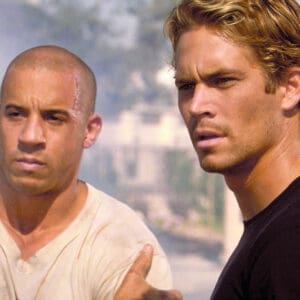
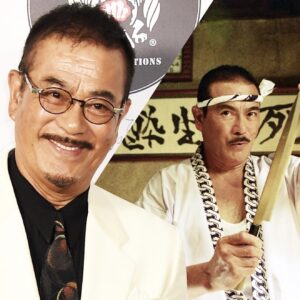
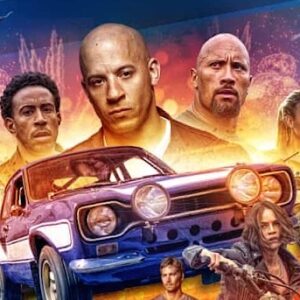




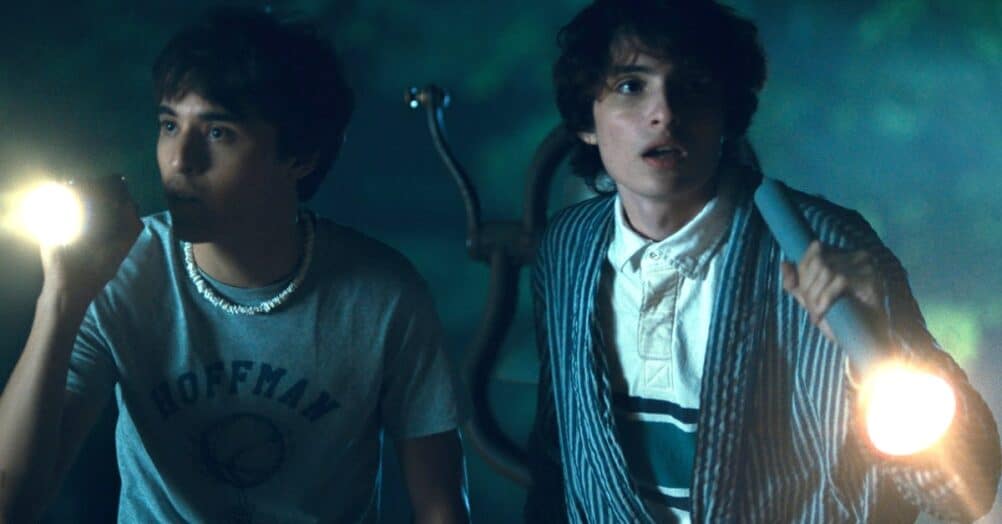






Follow the JOBLO MOVIE NETWORK
Follow us on YOUTUBE
Follow ARROW IN THE HEAD
Follow AITH on YOUTUBE